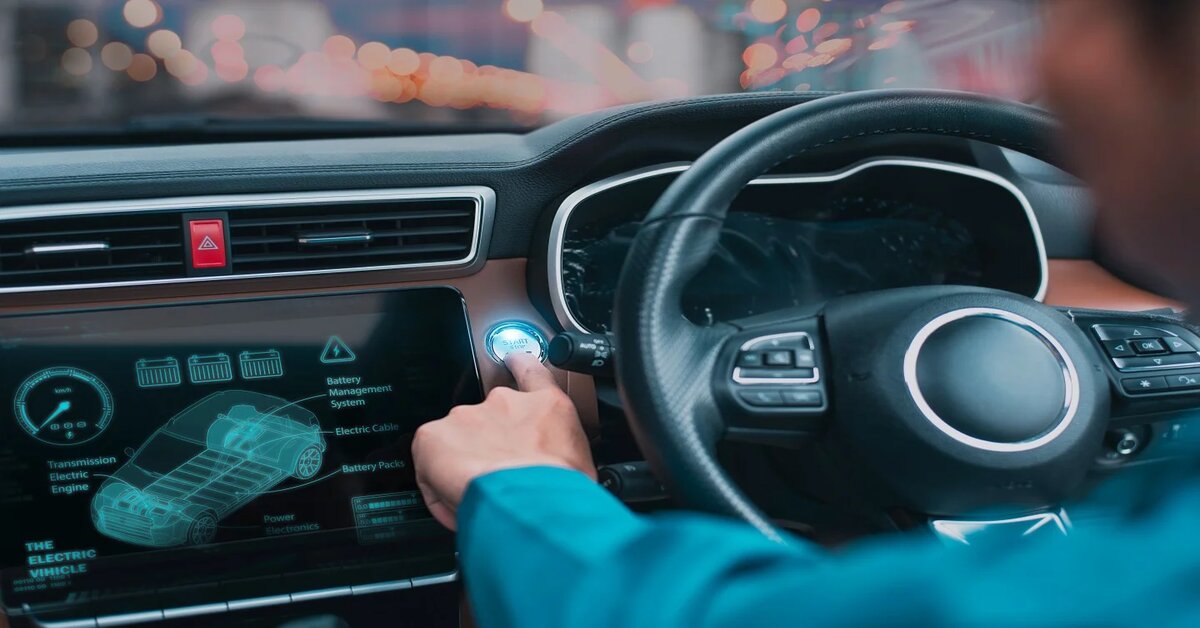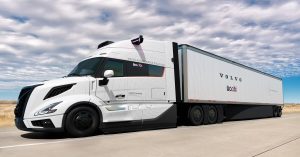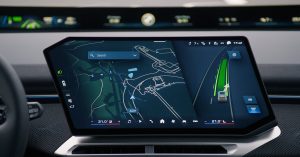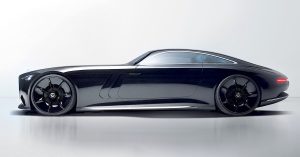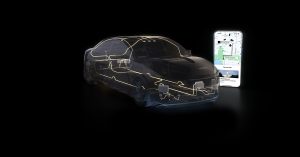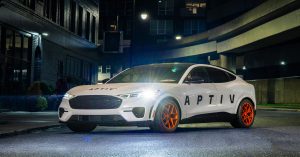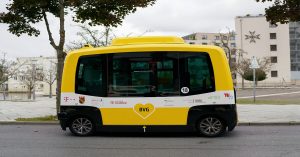Stellantis and Mistral AI are deepening their collaboration to integrate artificial intelligence (AI) across multiple domains, from vehicle engineering to in-car experiences and manufacturing. By leveraging Mistral AI’s expertise in large language models (LLMs) and AI-driven automation, Stellantis aims to enhance efficiency, innovation, and customer satisfaction across its ecosystem.
Transforming the In-Car Experience with AI
One of the most exciting initiatives in this partnership is the introduction of an advanced in-car AI assistant. Designed to function as an intelligent, voice-enabled user manual, this assistant will provide real-time, conversational support for drivers. Instead of searching through traditional manuals, users can simply ask questions and receive immediate, relevant guidance in a natural and interactive manner.
This AI-powered assistant will be continuously updated to stay aligned with the latest Stellantis models and features. Its adaptability ensures that it provides accurate assistance regardless of the specific brand or vehicle model, creating a seamless and intuitive experience for Stellantis customers worldwide.
AI-Driven Innovation in Vehicle Engineering and Development
Beyond enhancing in-car experiences, Stellantis and Mistral AI are exploring several cutting-edge AI applications across vehicle development and manufacturing. These initiatives are set to streamline operations, improve product quality, and enhance efficiency.
-
Bill of Materials (BOM) Data Intelligence
Managing complex vehicle component databases can be a daunting task. To address this, Stellantis is introducing an AI-powered BOM data intelligence tool. Powered by Mistral AI, this tool simplifies the analysis of intricate component lists, enabling engineers and procurement teams to quickly identify patterns, optimize selections, and improve cost efficiency. -
Vehicle Feedback Data Analysis
Quality assurance is paramount in the automotive industry, and Stellantis is using AI to refine its processes. By automating the analysis of data from development fleets, AI algorithms will detect trends and anomalies that impact vehicle performance and reliability. This will enable Stellantis to proactively enhance product quality, reducing recalls and increasing customer satisfaction. -
“Club Stellantis” Virtual Assistant
Stellantis employees in France will benefit from an AI-powered chatbot designed to assist them with company vehicle purchases. This virtual assistant simplifies the process by providing personalized recommendations, answering queries, and guiding employees through available options. -
AI-Driven Anomaly Detection in Manufacturing
Manufacturing precision is critical, and Stellantis is evaluating Mistral AI’s edge computing models to detect production anomalies in real time. By leveraging AI-powered anomaly detection, operators can identify potential manufacturing defects before parts proceed further down the production line. This proactive approach enhances quality control and significantly improves manufacturing efficiency.
A Vision for AI-Powered Automotive Transformation
The Stellantis-Mistral AI partnership reflects a shared commitment to leveraging generative AI (GenAI) to drive meaningful innovation. Stellantis Chief Engineering & Technology Officer, Ned Curic, highlighted the significance of this collaboration, stating, “There are many players in the AI space, and we’re particularly happy to partner with Mistral AI for its strong ability to adapt quickly and drive meaningful results in a highly collaborative way.”
Arthur Mensch, CEO and Co-Founder of Mistral AI, added, “This partnership is an important step in our commitment to making GenAI more accessible and valuable.”
As Stellantis continues to integrate AI into its operations, this collaboration with Mistral AI is poised to redefine the automotive landscape. By enhancing in-car experiences, streamlining development processes, and optimizing manufacturing, the two companies are setting new standards for AI-driven automotive innovation.

